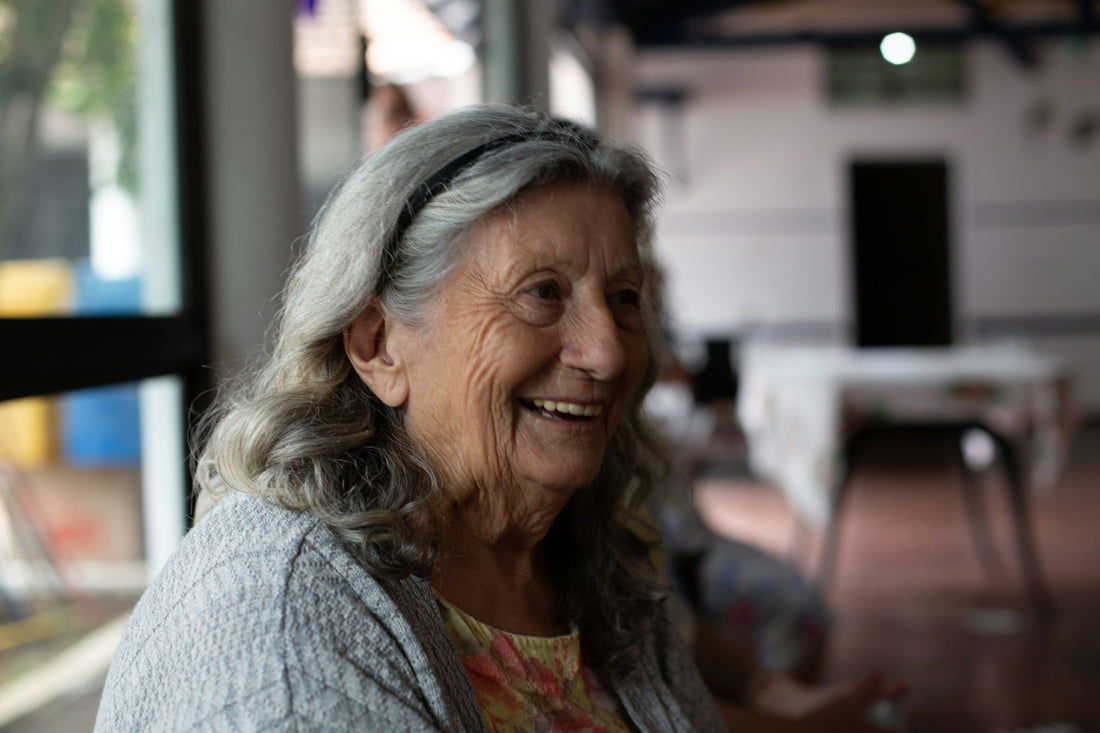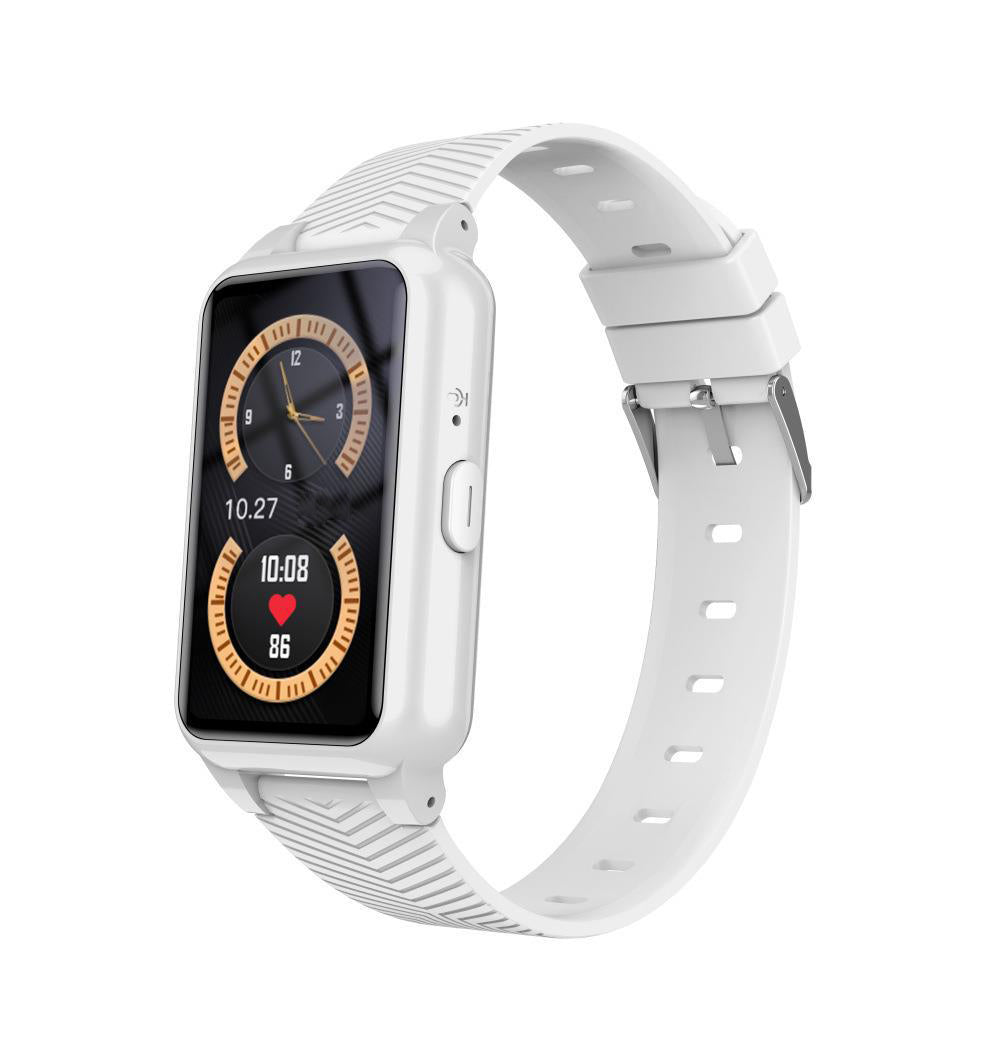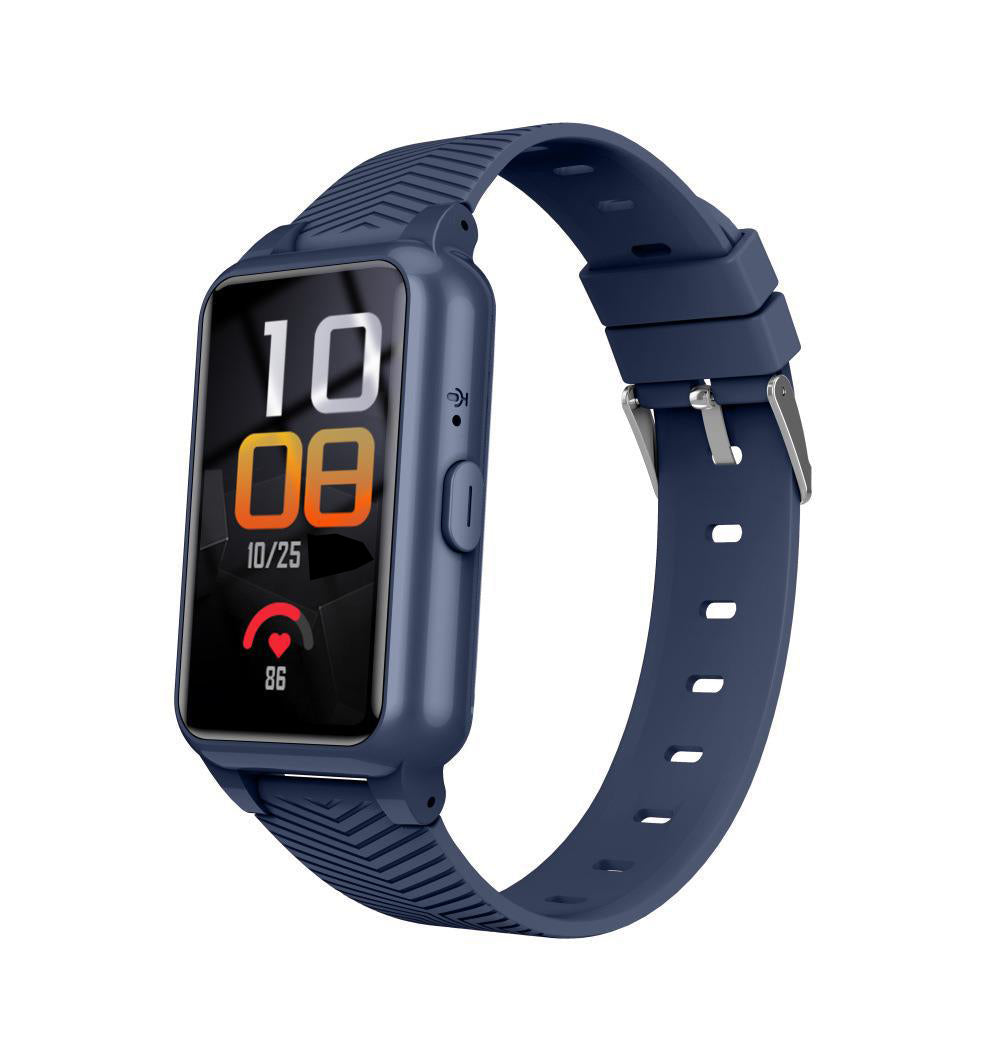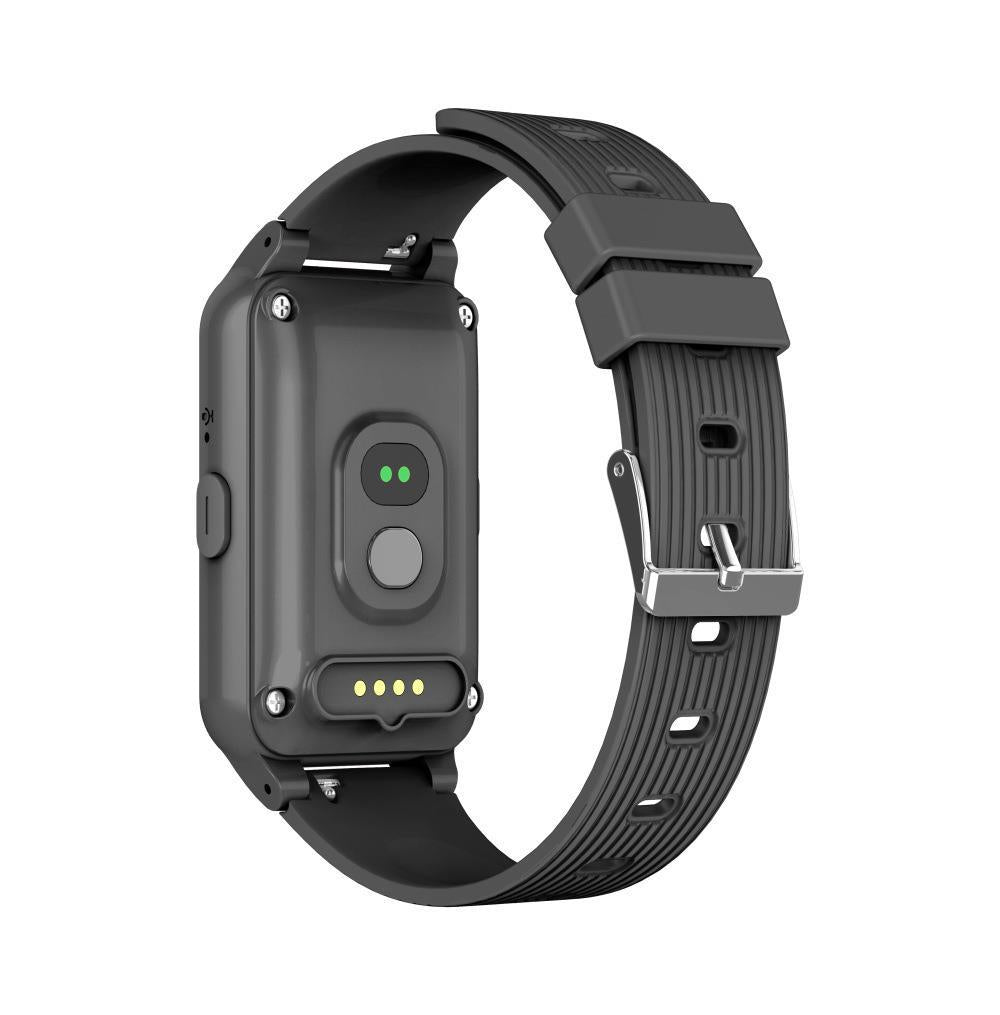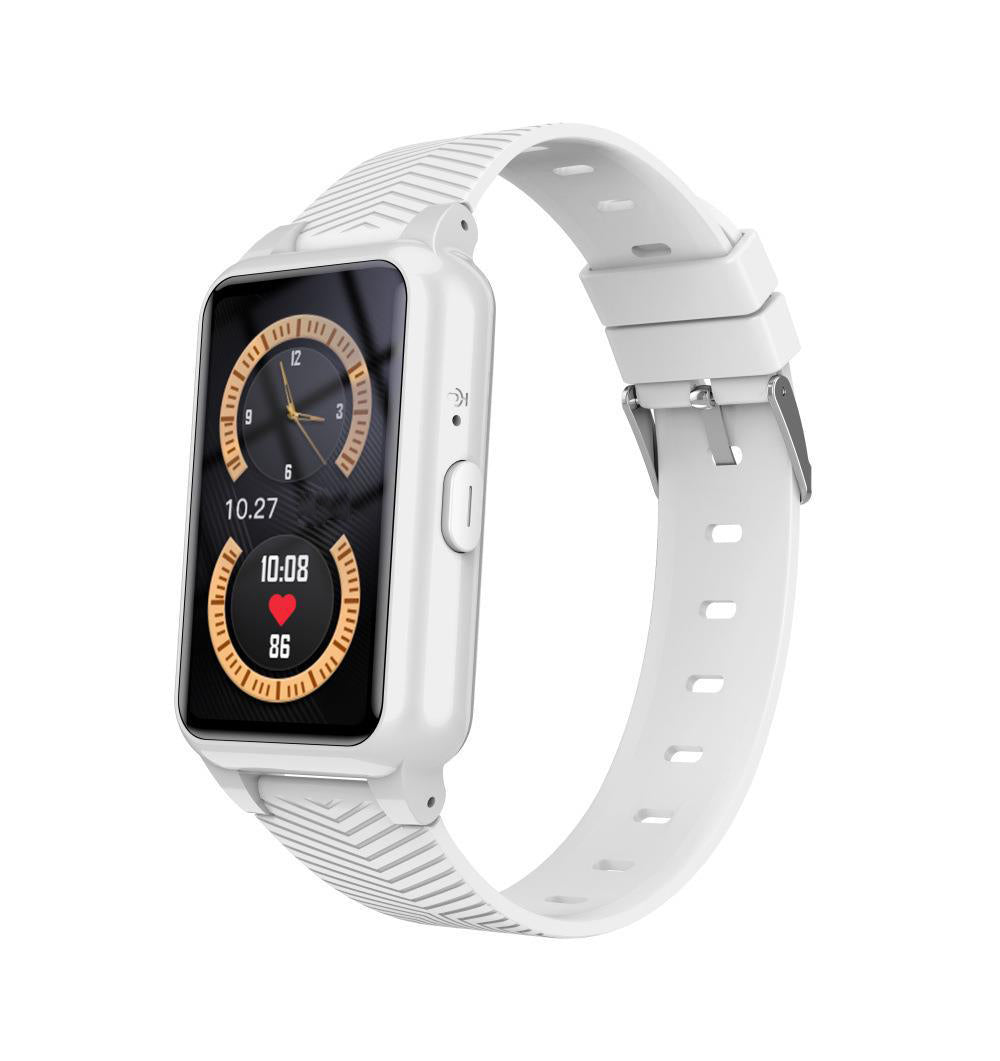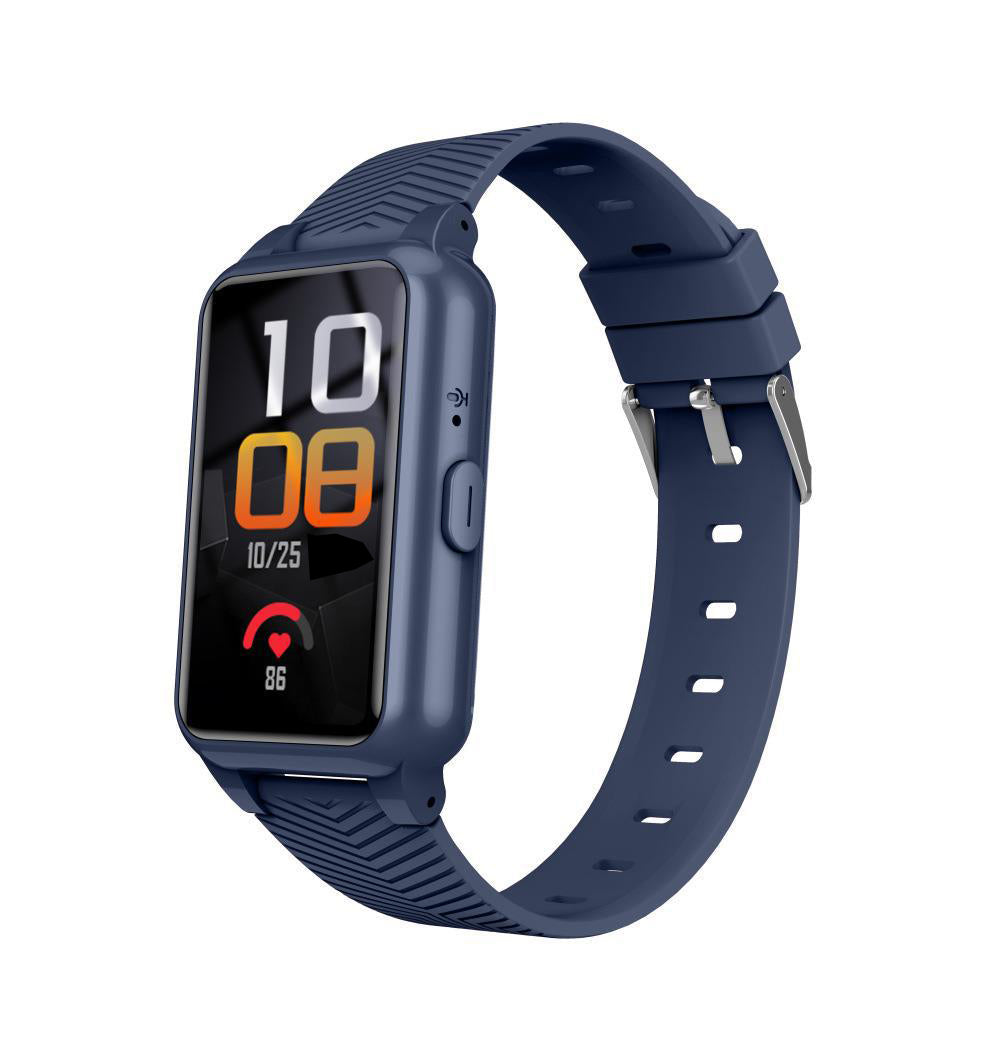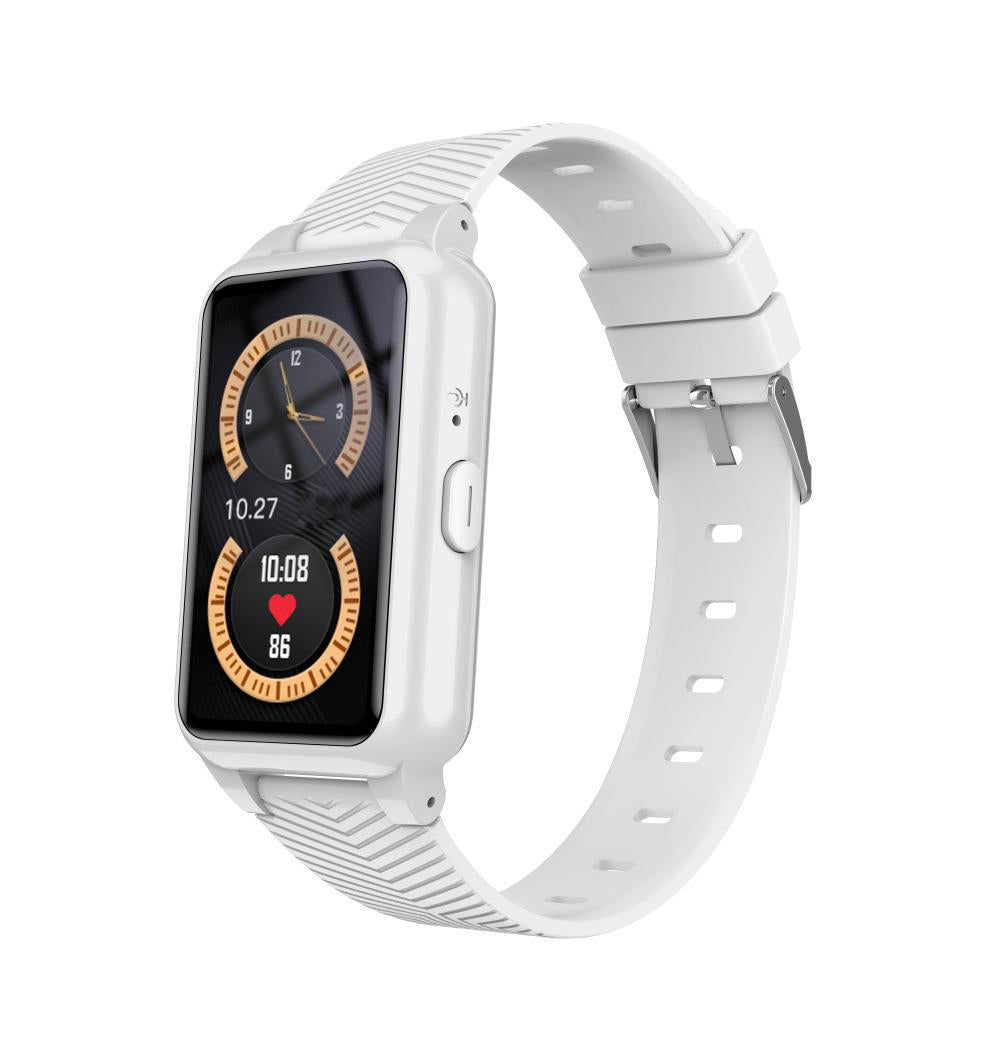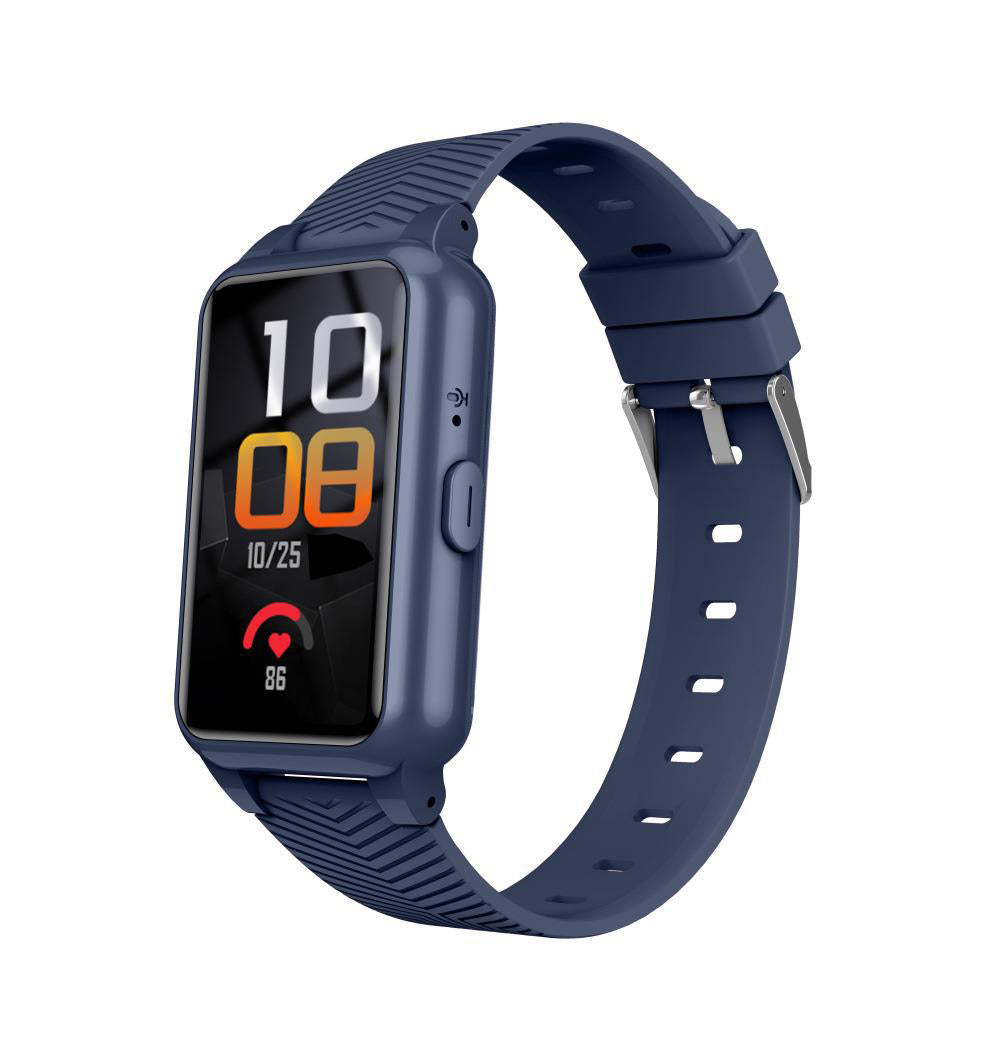As we advance in years, our bodies undergo physiological changes that make us more susceptible to falls and injuries. This reality, coupled with environmental factors, makes fall prevention an essential discussion in the context of senior safety. Through strategic modifications and adaptations, it’s entirely possible to create a home environment that minimally exposes seniors to the risk of falls.
Whether you are a senior citizen, a caregiver, or a family member living with an older adult, this guide provides valuable insights to help you navigate the complexities of fall prevention. The essence is not in eliminating falls entirely—an almost impractical feat, but in significantly reducing their occurrence and, most importantly, their impact.
So, let's delve into the world of senior safety, where every small step collectively makes a giant leap towards a safer living environment for our beloved seniors.
Home Modification Tips: Creating a Fall-Proof Living Space
A critical first step in fall prevention for seniors is making necessary home modifications to minimise risks. By addressing potential hazards and creating a more accessible, fall-proof living environment, seniors can promote both safety and independence. Essential home modifications to prevent falls include:
- Remove clutter and tripping hazards: Ensure living spaces are free from excess clutter, and secure any loose wires, cables, or rugs. Opt for nonslip mats and avoid having raised thresholds between rooms.
- Install support and safety features: Equip bathrooms with grab bars and non-slip mats, and ensure railings are sturdy on both sides of stairways. Consider installing a ramp for wheelchair access if needed.
- Improve lighting: Install bright lighting in all areas of the home, particularly near stairs and entryways. Consider using motion-sensor lights and nightlights for better visibility during nighttime.
By implementing these home modifications, seniors can confidently navigate their living spaces, minimising the risks of slips and falls.
Physical Activity and Balance Training: Strengthening the Foundation
Regular physical activity and balance training can significantly reduce the risk of falls among seniors by improving strength, flexibility, and coordination. Exercise programs tailored to seniors' unique needs and abilities can prove immensely beneficial in preventing falls and promoting overall well-being. Areas of focus should include:
- Strength training: Engage in activities that strengthen muscles in the legs, hips, and core, improving stability and balance. Consider using resistance bands or light weights as part of a targeted workout routine.
- Flexibility exercises: Incorporate stretching exercises to maintain flexibility and joint mobility. Yoga and Pilates can help seniors remain limber, reducing the risk of falls.
- Balance training: Tai chi, dance classes, or balance-specific exercises can improve seniors' equilibrium, enhancing their stability while standing, walking, or during unexpected perturbations.
Seniors should consult with their healthcare provider before embarking on a new physical activity program to ensure its suitability and safety.
Regular Health Checks and Medication Review: Proactive Fall Prevention
Routine health check-ups and medication reviews can play a pivotal role in fall prevention. Regularly assessing seniors' overall health, vision, and hearing can identify any underlying issues that could contribute to falls. Key steps to address potential health concerns include:
- Regular vision and hearing tests: Ensure seniors receive annual eye and hearing exams, as vision and hearing impairments can increase the risk of falls.
- Medication review: Schedule quarterly medication reviews with a healthcare professional to discuss each medication's side effects or interactions, as some drugs can cause dizziness or drowsiness, which raises the risk of falling.
- Chronic condition management: Ensure close monitoring and management of chronic conditions, such as diabetes, heart disease, or Parkinson's disease, which can impact balance and mobility.
Addressing health concerns proactively can help seniors prevent falls by ensuring they are equipped to manage any potential risks related to their overall health.
Supportive Footwear and Assistive Devices: Confident Steps to Prevent Falls
The right footwear and assistive devices can make a significant difference in fall prevention for seniors. By investing in the appropriate equipment, seniors can maintain their balance and mobility confidently. Key recommendations for supportive footwear and assistive devices include:
- Choose the right footwear: Opt for well-fitting, sturdy shoes with non-slip soles, and avoid wearing slippers, high heels, or shoes with slippery soles.
- Utilise assistive devices: Seniors can benefit from assistive devices, such as walking sticks, canes, or walkers, which provide additional stability and support when navigating their surroundings.
By paying attention to footwear choices and utilising suitable assistive devices, seniors can confidently maintain their independence while reducing fall risks.
Creating a Fall-Resistant Home for the Elderly
Through vigilance, awareness, and proactive action, we can make significant strides in reducing the occurrence of falls among seniors. MedAlert is dedicated to supporting seniors' safety and autonomy through our innovative safety solutions. By combining fall prevention strategies with MedAlert's fall detection device, seniors can confidently embrace their golden years with the assurance of safety, independence, and a robust sense of security.

